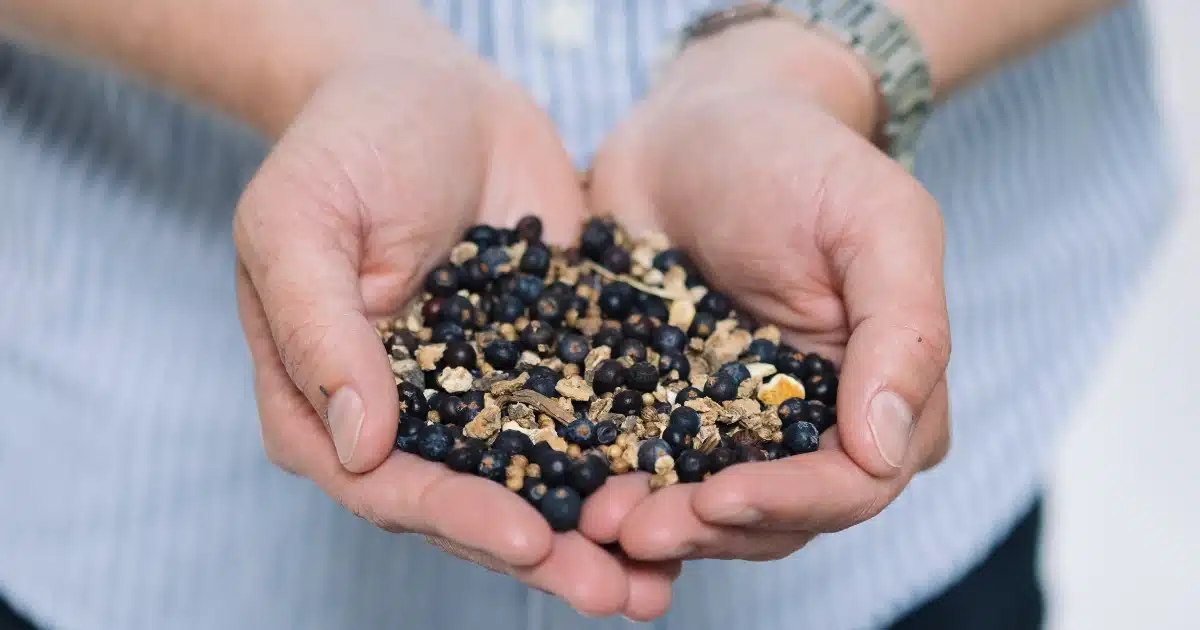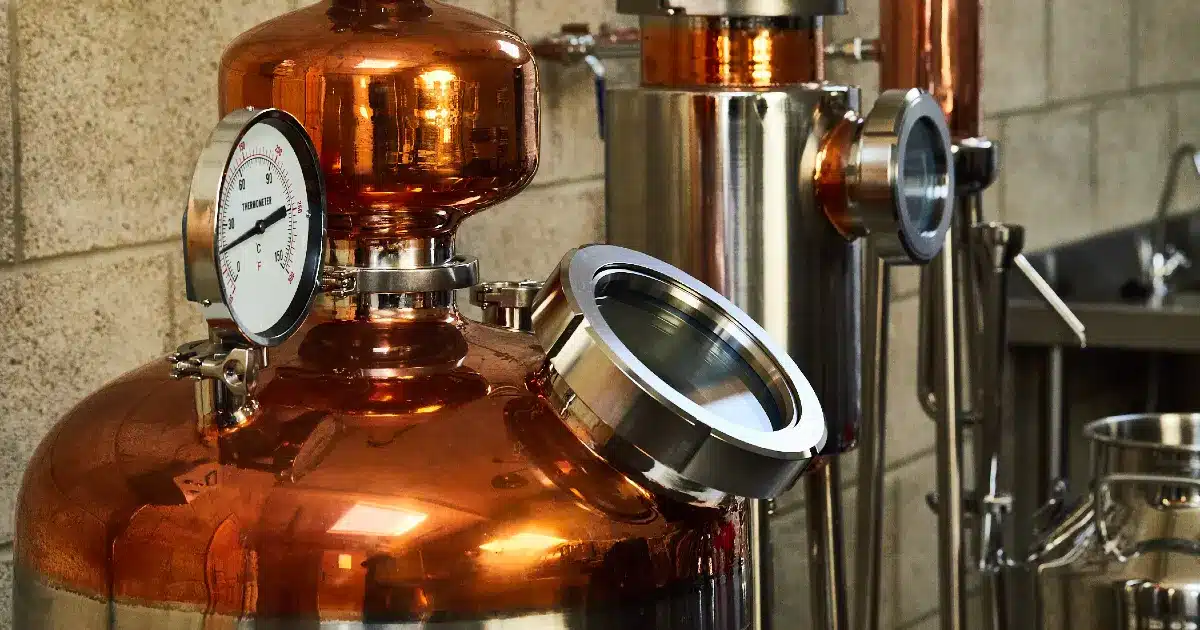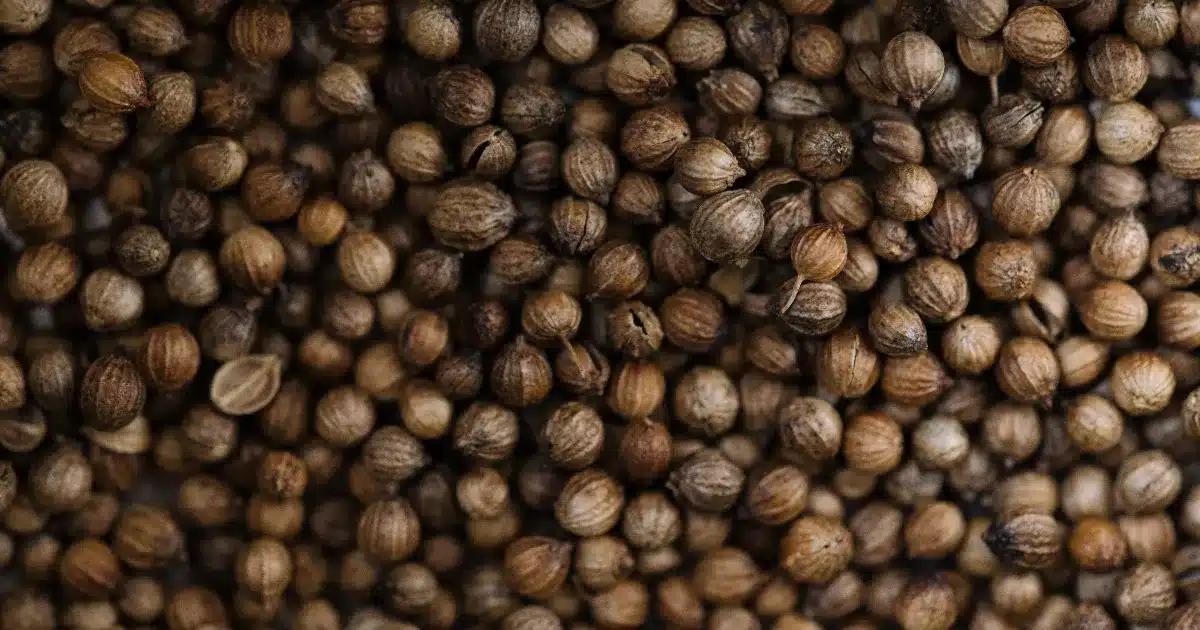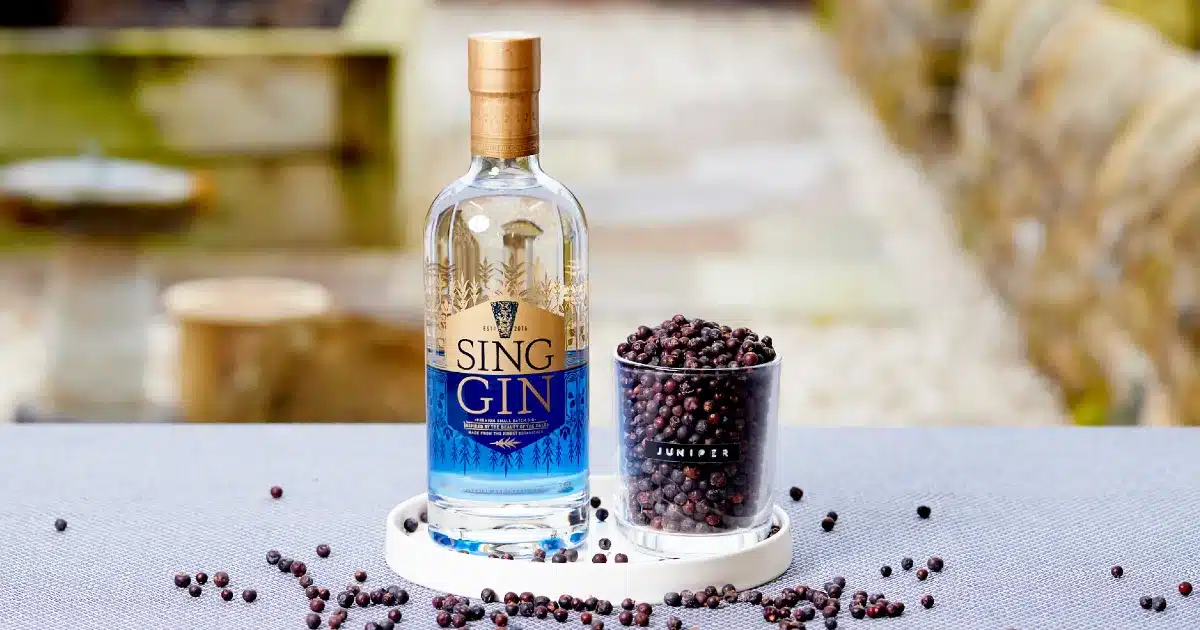VIEW OUR RANGE OF GIN HAMPERS TODAY

Our old man doesn’t do things by halves. When he started tinkering around in the cellar beneath our house with the aim of making his own gin, he experimented with all sorts of gin botanicals until he came up with a recipe that’s simple yet balanced and well-rounded.
We thought he was having a midlife crisis, but we all ate humble pie when he created Sing Gin: our family legacy.
Sing Gin’s tasting notes come from many long nights of playing around with different ingredients in that cellar. It’s a big flavoured gin that’s heavy on the juniper, balanced with subtle sweet and citrus notes. Our gin has a long finish that leaves a subtle tingle on the edges of the tongue. A lot of that flavour comes from the botanicals we use.
Who doesn’t love a gin hamper? The perfect gifts for drinkers of gin, our hampers rise to any occasion – from birthdays to anniversaries, congratulations to new homes, Christmas or just to say thank you. Discover our range of luxury gin hampers here.

Before we get into the nitty gritty of how botanicals are used in gin, we’ll give you a quick overview of how gin is made. The creative process behind gin is different to that of other spirits; where the flavour comes from the fermentation or ageing process, plus the grape, grain or sugar cane used.
Gin makers are the mavericks of the spirits world. We do things our own way.
We won’t bore you with too much science, but essentially gin makers start with a neutral spirit then add some oomph with botanicals. Juniper is always the starting point – in fact the word gin is a shortening of the French word for juniper, genievre. Beyond that vital ingredient, we’re free to get weird and wonderful.

Botanicals are herbs, fruits, barks, roots, spices and other natural ingredients that are valued for their flavour and aroma (or both). Botanicals are used to accentuate the juniper that’s a staple in every gin on the market.
Whether the botanicals are dried or used fresh and where the plant is grown, harvested and even stored can impact how a gin tastes.
Many gins use whole botanicals but we prefer to extract the oils by crushing them at home by hand in Kettlesing. This helps us achieve a signature strength of flavour and aroma.
We have to consider how each botanical will complement the others, as well as how it emerges on both the nose and the palate. As a small batch gin producer that uses natural ingredients, we also have to make sure we’re maintaining consistency across every single batch.
After a whole lot of (sometimes disastrous!) trial and error, we settled on a blend of seven botanicals that we felt best captured the beauty of the Yorkshire Dales and produces the best tasting gin out there.
Here are the seven botanicals used to make Sing Gin so damn tasty.
The jewel in Sing Gin’s botanical blend is flax, which is grown right here at our distillery in Kettlesing. We wanted to use something that’s quintessentially Yorkshire in our gin! Did you know that flax was grown in Kettlesing centuries ago? We’re honoured to keep that tradition alive.
Flax harmonises with the other ingredients to create a rare and tantalising freshness. It brings a slight floral subtlety and oiliness to Sing Gin.
Juniper berries aren’t actually berries, but fleshy seed cones. They give every gin its piney flavour.
Juniper has all sorts of medicinal properties and has been used as a remedy for all sorts over the years. During the Black Death, plague doctors wore masks with long beaks full of juniper berries and other botanicals to mask bad smells.

Native to Southern Europe and North Africa, coriander is almost as important as juniper when it comes to making gin. Coriander seeds have a citrus, spicy and sometimes floral quality which adds body and intensity to gin. We use coriander to marry together the different botanical flavours and aromas in the spirit.
Like most botanicals, the country in which the coriander is grown makes a big difference the gin’s flavour.
Known as ‘wild celery’ and native to Nordic countries and parts of Russia, angelica root is dried and chopped or chipped before it’s used in gin. It adds an earthy, woody undertone, giving Sing Gin its crisp dryness.
Like coriander, angelica root is another key botanical in gin that helps all the different flavours mingle amicably with each other.
A native of China and India, ginger was a cornerstone of ancient Chinese medicine. Ginger is never going to win any beauty competitions, but this gnarly-looking ingredient adds a hint of spice and a warmth that we think evokes a typical Yorkshire welcome.
It adds something we can only compare to that feeling you get when you walk into your local pub on a cold night to find a fire blazing and loads of your mates at the bar.
Grown in either Mexico, Brazil or the USA, dried and hand crushed orange peel gives Sing Gin a hint of citrus and a juicy mellowness to the spirit.
The secret to using mint as a botanical in gin is to only use a tiny amount. It adds an aromatic leafiness and slight coolness that works beautifully with the other botanicals in Sing Gin.
Peppermint and spearmint are some of the most commonly used types of mint in gin. We use a spearmint native to Europe and southwest Asia – it grows to a height of 30-100cm and has a square stem.
Of course, there’s a whole lot more that goes into making gin that tastes and smells fantastic: using grape rather than grain, the quality of the base spirit, the type and material of the still… we could go on. But for now, we hope this mini guide to gin botanicals has uncovered a little bit more of the work that goes into making your G&T quaffable!
Sing Gin’s blend of botanicals gives us a wonderfully well-rounded gin with pronounced juniper notes followed by subtle sweet and citrus notes with a hint of spice, and floral after-tones. We invite you to pour yourself a tipple using our recipe for the perfect gin and tonic and savour the refreshing taste of Sing Gin.
Subscribe to our newsletter to get exclusive discounts and keep up to date with what’s going on at Sing Gin HQ. While you’re at it, make sure you’re following us on Facebook, Twitter, Instagram and Pinterest.
Next time you’re sipping a Sing Gin, upload a picture of your G&T or gin cocktail recipe and tag us! We feature the best customer photos in our Sing Gin Sippers highlight reel on Instagram.